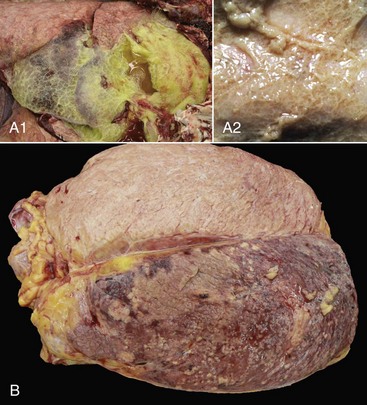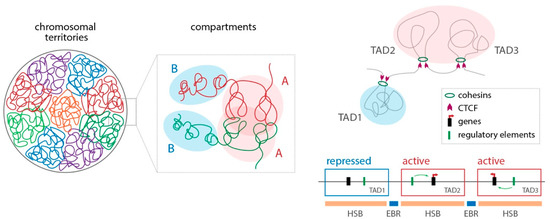

It determines the elasticity of connective tissues and various organs, including vascular walls, ligaments, skin, and so on. 8 Elastin is one of the major structural proteins found in the native ECM. 8 Collagens provide the structural strength of the ECM in the strong fibers of tendons, the organic parts of bones and cartilage, the basement membranes, the viscous matrix of the vitreous humor, the dermis, and the capsules around organs. 7 These ECM proteins are categorized into four types: collagens, elastin, proteoglycans, and glycoproteins. The number of ECM protein types is speculated to be approximately 300. The ECM is composed of various proteins and carbohydrates.

The substrates mimicking the native ECM can also be used for comprehensive research into the roles of ECM as well as the above applications. In this chapter, we summarize the roles of the ECM in the regulation of cell functions, and we also introduce trials to prepare substrates that mimic the native ECM for medical, pharmaceutical, and tissue engineering applications.

Decellularized ECM (dECM), prepared by a technique for the specific removal of cellular components (the decellularization technique), is a promising approach for preparing substrates that mimic the native ECM. Thus, it is a major challenge to develop substrates that mimic the native ECM. The ECM also regulates many cell functions through various modes. In the in vivo extracellular microenvironments, the cells are supported by the extracellular matrix (ECM) supplying the substrates. However, the function of these scaffolds was not as good as that of the native extracellular microenvironments. 6 These scaffolds regulated the cell functions to some extent. Many scaffolds have been proposed so far, such as metallic, 4 inorganic, 5 and synthetic and natural polymeric ones. 2,3 Matrices with wide diversity being adjacent to cells are also important for regulating cell functions, which are useful as cell regulating cues in a variety of fields. There are many efforts to regulate cell functions for example, genetic modification to alter intracellular signaling 1 and stimulation with soluble factors, including growth factors and hormones. The regulation of cell functions is still one of the major challenges for the medical, pharmaceutical, and tissue engineering fields. Additionally, trials mimicking the ECM will be briefly addressed. In this chapter, we summarize the structures, compositions and functions of the ECM. For this reason, the decellularization technique is increasingly focused upon. However, reconstitution is not easy by conventional chemical and physical methods due to the compositional and structural complexity of the ECM. Since the extracellular matrix (ECM) plays a pivotal role in regulating cell behavior and function, as well as various soluble bioactive substrates, in vitro reconstitution of ECM with intrinsic functions has been in great demand for medical, pharmaceutical, and tissue engineering applications.
#Framework protein scaffold series
1-14īiomaterials Science Series CHAPTER 1 Extracellular Matrix Scaffolds for Tissue Engineering and Biological Researchīiotechnology Group, Tokyo Metropolitan Industrial Technology Research Institute, Koto-ku, Tokyo 135-0064, Japan.Į-mail: Institute for Materials Science, Tsukuba, Ibaraki 305-0044, Japan.ĭepartment of Biomedical Engineering, National Cerebral and Cardiovascular Center Research Institute, Suita, Osaka 564-8565, Japan.Į-mail: manipulation is one of the major concerns in medicine, pharmaceuticals, and tissue engineering. Yamaoka, CHAPTER 1:Extracellular Matrix Scaffolds for Tissue Engineering and Biological Research, in Decellularized Extracellular Matrix: Characterization, Fabrication and Applications, 2019, pp.


 0 kommentar(er)
0 kommentar(er)
